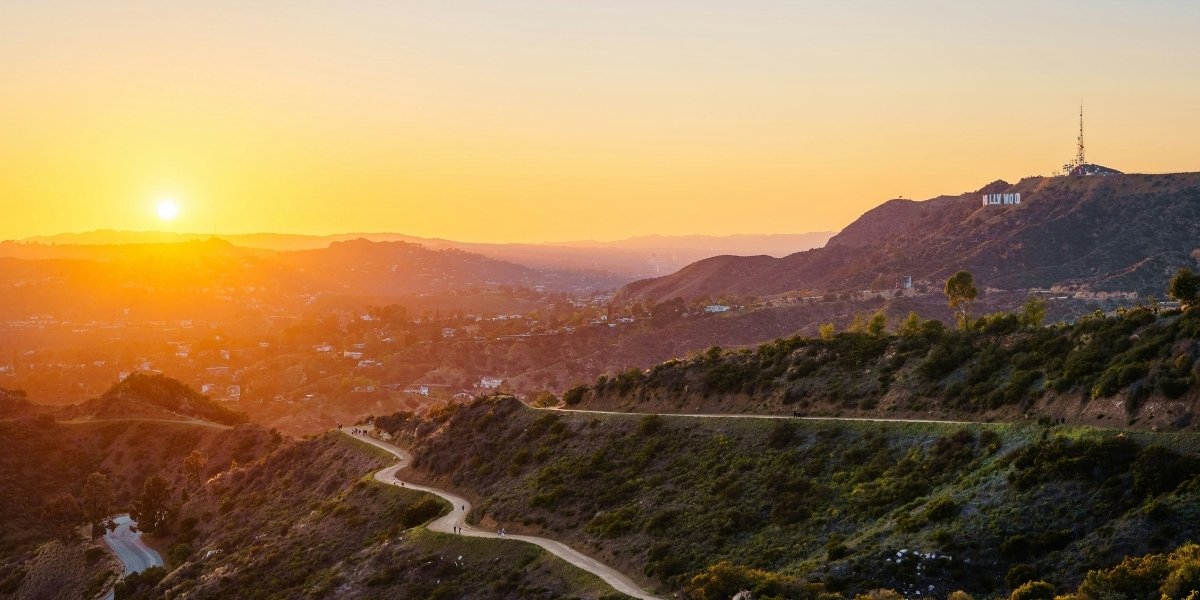Across communities, environmental science students are becoming influential agents of change. Their academic training, paired with a drive to make a difference, equips them to tackle local environmental challenges in meaningful ways.
From organizing cleanups and launching awareness campaigns to shaping curricula and influencing policy, Aya Aryan of Columbia University knows her role stretches far beyond the classroom. She and other Barnard and Columbia students are not only transferring knowledge but also cultivating environmental responsibility in others.
By forming partnerships, navigating obstacles, and using creative strategies to engage diverse audiences, they are laying the foundation for long-term sustainability. Their work demonstrates how education, when paired with action, can shift community behaviors and inspire future generations.
The Role of Environmental Science Students in Local Communities
Environmental science students are stepping beyond the classroom to take part in real-world solutions. Many are choosing to engage with their communities to share knowledge, promote sustainable practices, and encourage environmentally responsible behavior. Their academic background allows them to explain complex issues in a way that’s accessible to the public.
In neighborhoods where environmental awareness is still growing, students bring fresh energy and practical insight. Some have joined local initiatives to support clean water access, while others have worked with schools to help integrate sustainability into lesson plans.
These efforts build stronger connections between academic learning and community needs.
Educational Efforts Led by Students
Across towns and cities, environmental science students are becoming key players in educating the public. They organize sustainability fairs, lead climate talks at community centers, and host interactive demonstrations designed to engage people of all ages. These events often spark conversations that continue well beyond the classroom or meeting space.
In addition to in-person efforts, students are creating online campaigns that make environmental topics easier to understand. Through blogs, videos, and social media posts, they address local issues like waste reduction or energy conservation. These platforms allow them to reach broader audiences and tailor messages to specific communities.
Some students also collaborate with local teachers to design lesson plans that bring environmental topics into elementary and secondary classrooms. By helping to shape how young people learn about nature and conservation, they’re laying the groundwork for long-term change.
Knowledge and Skills Students Bring to Outreach
Environmental science students offer more than enthusiasm—they come equipped with a deep understanding of ecosystems, pollution, and climate systems. Their academic training helps them break down technical subjects into clear, relatable ideas that resonate with everyday concerns. This ability to simplify complex topics makes them effective communicators in diverse settings.
Beyond science, many students are skilled communicators. They know how to adapt their message depending on whom they’re speaking to, whether it’s a room full of elementary students or a panel of city officials. Their ability to collaborate, lead discussions, and listen to feedback often strengthens community engagement. In many cases, their efforts also build trust between institutions and the public.
Their dedication is contagious. Whether they’re managing composting programs at farmers markets or leading nature walks for families, their energy inspires others to get involved and take personal steps toward sustainability. These actions often plant seeds of change that grow into larger movements.
Examples of Student Impact
In many communities, student-led environment initiatives have led to visible change. A group in one coastal town organized weekly shoreline cleanups, which not only reduced plastic waste but also encouraged local businesses to shift toward biodegradable packaging. Their presence and consistency helped reshape how the town viewed its relationship with the environment.
Others have launched campus composting systems that were later adopted by nearby restaurants and cafes. These small-scale successes often serve as models for broader community action. In one city, a student-led tree planting project in an urban park revitalized the space and drew in volunteers of all ages. Over time, these projects often gain media attention, further amplifying their impact.
The ripple effects of these efforts are often long-lasting. Parents become more engaged in recycling at home, city councils start considering greener policies, and schools introduce new environmental curricula. These outcomes show that students aren’t just learning—they’re leading. Their actions often inspire policy discussions and set new benchmarks for sustainable living.
Overcoming Obstacles in Community Education
Despite their passion, students often face hurdles when trying to bring sustainability to the forefront. Limited funds, tight academic schedules, and occasional apathy from the public can all make outreach difficult. Yet many continue pushing forward, adapting their approaches as needed. The ability to remain optimistic and solution-oriented often defines their journey.
Some overcome these setbacks by forming alliances with local nonprofits and city departments. These partnerships can offer both logistical support and credibility. Others find success by starting small, focusing on one neighborhood or school before expanding their efforts more broadly.
Flexibility and persistence often become their most valuable tools. These collaborations also provide valuable networking opportunities for future initiatives.
Building Momentum for Future Initiatives
As their efforts gain visibility, students are laying the groundwork for future collaboration. Many campuses now have dedicated sustainability offices or student groups that connect with local governments and grassroots organizations. These alliances create new opportunities for shared projects and stronger community ties. Momentum builds when leadership is consistent and inclusive.
Momentum grows when younger students are brought into the fold. High schoolers who attend workshops or volunteer alongside college students often continue the work in their own ways. Over time, this creates a culture of environmental responsibility that extends well beyond a single program or semester. It’s not uncommon for these efforts to influence career paths and academic interests.
The influence of student-led education can last for years. Whether through policy changes, greener habits, or a deeper appreciation of nature, communities often carry forward the lessons and inspiration sparked by these young leaders. Their legacy is often reflected in the choices people make long after the initial project is complete.
Published by Liz SD.






